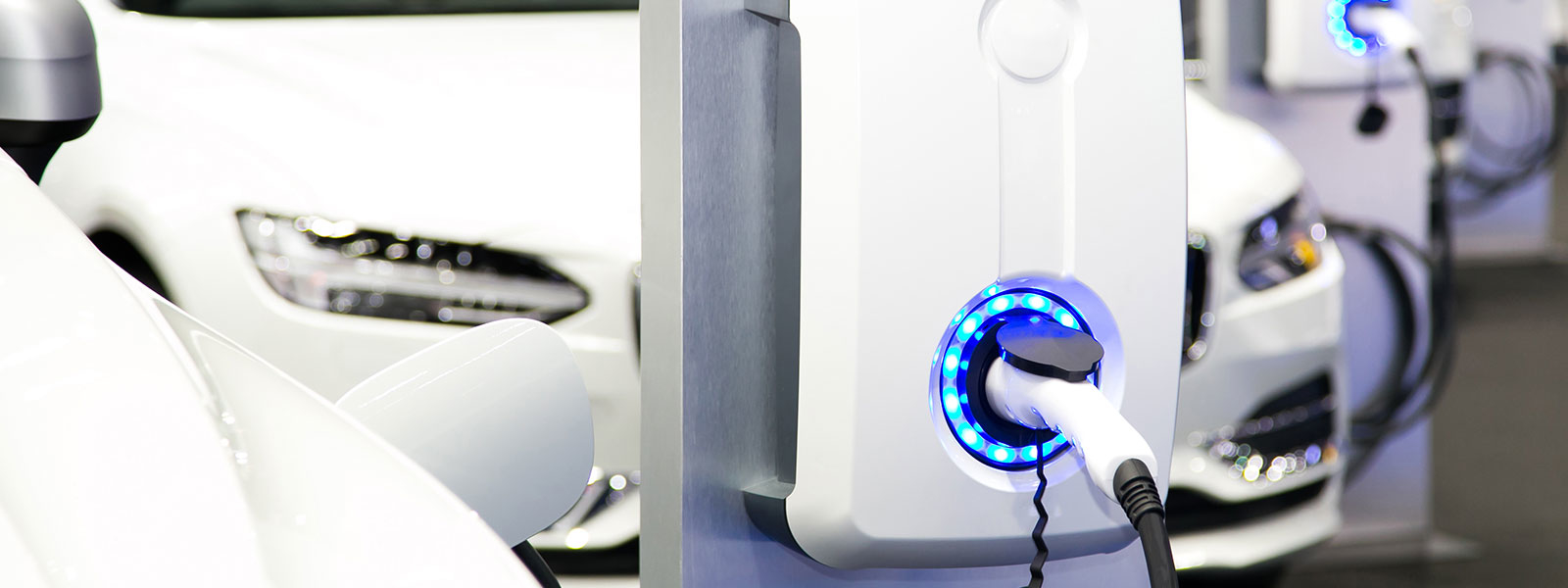
Electric vehicles: On the cusp?
The EV revolution is fully underway. With the UK government committed to the eradication of emissions and automakers fully embracing EVs, a tipping point seems to be on the near horizon.
13 min read
We would like to thank Oliver Rix, partner of management consultancy Baringa for his contributions to this article.
200,000
The number of electric vehicles in the UK now exceeds 200,000
The number of electric vehicles (EVs) on the roads in the UK now exceeds 200,000, accounting for about 2.1 per cent of the global market share of electric-powered cars. In the space of just eight years, the nascent technology—electric vehicles (BEV) and plug-in hybrid electric vehicles (PHEV)—has moved from a novel rarity to a mainstream expectation. Few can now contend that they are not the future of road travel.
Need to win hearts and minds
The emergence of electric vehicles has been fuelled by huge developmental leaps in battery technology, robust governmental targets and a commitment from automakers to broaden and expand their footprint and EV offering. Yet the transition towards a fully electric fleet is not without challenges. There are a number of challenges to be overcome for EV growth to continue apace.
Among the biggest obstacles is the perception of the lack of infrastructure required to support mass uptake. How and where charge points will be installed and who should bear the cost are debates currently at the centre of this transition with no clear, consistent answer. These issues pose wider challenges, including ensuring efficient, inexpensive grid connection and data protection safeguards.
The outcome of the recently issued HM Government consultation paper 'Electric Vehicle Charging in Residential and Non-Residential Buildings' will be eagerly awaited. The EV Charging Consultation proposes regulatory changes to promote the creation of chargepoints across the UK in homes and locations such as supermarkets and offices.
There is also the issue of cost. While there have been dramatic cost reductions in the batteries themselves (the primary cost driver in EVs), traditional internal combustion engine (ICE) vehicles remain cheaper. Building on this is the need for cultural change to move people from driving traditional ICE vehicles to EVs.
The shortage of charging points, and the perception across the wider public that this is an industry which lacks basic infrastructure, must be addressed to alleviate consumer confidence concerns
From ICEs to zero road emissions
The number of EVs on UK roads has increased significantly in recent years, and this growth shows no signs of abating. The UK government has made supporting EV expansion a key priority, introducing a raft of policies promoting the use of EVs in addition to more punitive measures for ICE vehicles such as ultra-low emission zones in cities such as London. In 2018, the government published its 'Road to Zero' strategy to accelerate the transition, setting out the ambitious goal that all vehicles sold by 2040 must be zero-emission. Alongside this overall policy sit other supportive reports and programmes, such as the Department of Transport's 'Future of Mobility: Urban Strategy,' providing for a regulatory review of transportation and mobility over the next generation and most recently the EV Charging Consultation.
Automakers are responding to both government support and commitment, and increasing consumer demand. Volvo, already a leader in EVs, has said that from 2019 onwards, all new cars will be partially or completely battery powered. Renault, the continent's biggest EV manufacturer, has ambitious rollout plans for new models stretching into the next decade, and Ford and Volkswagen are targeting 120 electric models between them. While there appears to be a clear direction in terms of EV rollout the speed of adoption and transition to electrified transport will depend on successfully addressing a number of challenges.
2040
All vehicles sold in the UK by 2040 must be zero-emission
Infrastructure: A chicken-and-egg situation?
Since the dawn of mass car ownership back in the 1950s, the petrol station has been the dominant presence on the roadside, and the transition away from the familiar forecourt is a tricky one. One key issue is the 'chicken-and-egg' conundrum around whether EV charging points must be built to spur EV demand or instead whether the installation of charging can only legitimately follow increased demand.
Since 2011, EV ownership has grown at roughly a 100 per cent annual compound growth rate, yet the installation of charging points has grown at less than half that rate. According to the International Energy Agency (IEA), there were only 17,000 publicly available fast or slow charging points in the UK at the end of 2018, with just over 2,000 new units added last year. This shortage of charging points, and the perception across the wider public that this is an industry which lacks basic infrastructure, must be addressed to alleviate consumer confidence concerns, and encourage more of the population to switch to EVs.
Range anxiety
After concerns of lack of charging infrastructure, the second-biggest reason for not buying an EV is worry about the restrictions on the range your vehicle can travel on a single charge, according to research by the Department of Transport. Once again, this is tied into the concerns around lack of charging options, of course, when both the availability and the speed of charging dissuades consumers from switching to battery power.
According to the Energy Technologies Institute, EVs are required to have a range of about 150 miles at a price comparable to an ICE vehicle by 2030 and about 300 miles by 2040. While at a higher cost, these ranges are already achievable, so with battery prices continuing to fall, these targets do not look out of reach.
Technology developments are delivering dramatic cost reductions in the price of EVs, but for now they still remain more expensive than traditional ICE vehicles
Who pays?
As with all new infrastructure, who picks up the bill is set to be a central question. The current position in the UK is that most charging infrastructure is expected to be privately funded, albeit with certain public sector incentives. A recent example is the launch of a £400 million Charging Infrastructure Investment Fund. The fund's aim is to help businesses to access the finances they need to build more charging points, and is made up of £200 million of government investment, matched by another £200 million from the private sector. While government support is available, its support does not extend to covering the infrastructure and connection costs.
The hunt for a 'one size fits all' business model for charging infrastructure is not a key industry necessity at this early stage. The market is necessarily fragmented but, with that, comes a variety of revenue models that offer different solutions and all currently have a place in the early stages of this market. Players are moving into this world in different ways—whether through a structure such as BP's acquisition of Chargemaster last year, the operator of the UK's biggest charging network, or through a pay-on-use structure such as Octopus Investments, which provides vehicle plus charger solutions with a strong business emphasis on fleets and business consumers and which has hit the headlines with counterparties such as Heathrow airport.
In addition to these charging business models are ancillary service models, in which entities such as major retailers, hotels or car parking companies provide access to subsidised charging infrastructure to enhance customer experiences.
The government cautioned in a report in June 2019 that given the initial capital costs of building charging infrastructure and the current low number of users, there is limited return on investment. The nascent nature of the technology compounds these headwinds as there is concern that either costs will fall dramatically or that technological advancements will make phase one infrastructure quickly obsolete.
Much of the infrastructure is also being built in an uncoordinated manner, with different vehicle models and charging methods being catered for. Consumers are being asked to make significant changes to the way they approach car travel, and making the transition more complicated than necessary with the perceived risk of the cost of required 'upgrades' or 'switch-overs' down the line potentially creating another roadblock to widespread adoption.
Urban vs. rural
One of the main paradoxes of EV uptake is the comparison of the rural and urban environments. Nationally, about three-quarters of car owners have off-street parking available to them. Off-street parking is ideal for EV charging, of course, as it allows charging overnight when the car isn't in use. Yet in urban areas, access to off-street parking falls below 50 per cent. However, EVs are ultimately far more suitable for urban environments where the journeys are shorter and the regulatory pressure on emissions is at its highest. This creates a serious hurdle to overcome. The EV Charging Consultation recognises home charging as a vital part of the 'charging ecosystem' and as such highlights the need to incorporate charging infrastructure in new build housing schemes.
As highlighted by the recent 'London electric vehicle infrastructure delivery plan,' the capital's streets are also difficult places to install large volumes of charging points, with units being bulky and competing for space on pavements that are often already congested with street furniture and other uses. Overcoming this 'real estate' issue is critical in rolling out the infrastructure.
US$ 175/kWh
Battery price by the end of 2018
Comparative cost
Technology developments are delivering dramatic cost reductions in the price of EVs, especially battery technology, and while these cost drops are expected to continue, for now EVs still remain more expensive than traditional ICE vehicles.
According to the IEA, battery prices of around US$100/kWh are necessary for BEV cars to compete on a like-for-like basis with ICE vehicles. By the end of last year, prices reportedly had fallen to about US$175/kWh, a sharp reduction in previous costs, but still not competitive enough. Competitive cost is a real obstacle to consumers switching in high numbers, with many unlikely to pay a premium for a technology that breaks so many long-held cultural norms (and not least may be seen as lasting as long as their faithful ICEs).
The current forecasts for when price parity will occur are varied. Bloomberg New Energy Finance is among the most optimistic, seeing EVs as cost competitive as early as 2022. BP and the IEA are at the other end of the scale, however, predicting it will happen closer to the end of the next decade.
In a post-GDPR world, when sensitivities surrounding data privacy are high, the ability to generate, access and monetise information— such as who is charging where, when and how frequently—raises a series of new data privacy issues
The data question
With an ever-increasing internet connectivity, electric vehicles offer a wide array of data mining opportunities. But this is not an issue solely linked to EVs. Most new vehicles sold are already internet or GPS connected, and smartphones can be synchronised with cars, so the addition of one more data step through charging is more an incremental change rather than a dramatic redrawing of the environment.
In a post-GDPR world, however, when sensitivities surrounding data privacy are high, the ability to generate, access and monetise information—such as who is charging where, when and how frequently— raises a series of new data privacy issues. For instance, it's a legal requirement for electric vehicles made and driven in China to send data about their position, direction and speed of travel every 30 seconds to monitoring platforms of local and national governments. What does this mean for EV users, hosts and suppliers from an EU GDPR perspective, which limits significantly data processing without either contractual agreement or explicit consent? These are serious legal concerns, and they will only increase over time as the uptake of EVs gets ever larger.
17,000
The number of publicly available fast or slow charging points in the UK at the end of 2018
Extra burden on the national grid
The electrification of transport is forecast to add a significant burden to the UK's transmission and distribution network. One of the features of EVs is that much of the charging load is forecast to fall within existing peak hours of consumption, when people are at home in the evening. According to the UK government, many networks are already at full capacity at peak demand periods. These power networks will require costly upgrades to be able to meet service demand, at least until smart charging solutions can be implemented in the longer term.
The government's long-term ambition to end ICE vehicle sales has at least provided the framework for the energy sector to manage the transition. According to the National Grid's highest take-up scenario, peak grid demand will increase by 15 per cent from the transition to EVs. The government is already looking to accommodate this demand. The Automated and Electric Vehicle Act, which became law in 2018 with the intention of improving electric charge point availability, allows the government to insist that charging infrastructure has 'smart' functionality. This means that points will be synchronised with the grid, and when vehicles are plugged in for long periods of time the charge speed will be determined by overall power demand. Charging will therefore be slowed down during peak demand periods and accelerated during lower demand. This should ultimately ensure that people are incentivised to charge outside of peak hours.
So far, the transition to EVs has been driven by an enthusiastic vanguard, rather than converting swathes of the population
Telecoms: A notable parallel?
The nascent EV industry can perhaps look to the digital telecoms sector for at least some of the answers. The telecommunications industry, too, has evolved rapidly, driven by leaps in technology that now transcend boundaries between industries.
Sharing of telecom infrastructure among telecom service providers is becoming standard practice to reduce investment requirements.
In the UK, the government actively encourages mobile network operators to share masts, and there has been notable co-operation between networks. EE is the product of a joint venture between 3UK and T-Mobile, while O2 and Vodafone have established a joint venture called Cornerstone.
There appear to be compelling parallels with some aspects of the EV market, as it remains to be seen how much collaboration will occur—or be allowed to occur—between actual and potential competitors. Will this create competition for the market or in the market? Will convergence on a single EV technology stifle competition and innovation? As the EV industry continues to evolve, one thing is certain: Regulators will be keeping a close watch.
The nascent EV industry can perhaps look to the telecoms sector for at least some of the answers
EV revolution fully underway
It is wholly apparent that the EV revolution is fully underway. So far, however, the transition has been driven by an enthusiastic vanguard, rather than converting swathes of the population. There are many reasons for a general reluctance for the immediate switch, but issues of convenience based around ease of recharging remain foremost in consumers' minds.
For decades, refuelling in the UK has been an easy and almost instantaneous process. For this to be replicated with EVs, a concerted effort will be required that will involve significant investment in terms of both capital and time. Given the substantial obstacles, it is unlikely that this is something that the private sector will be able to address on its own and therefore it will require further government support, both politically and financially, to deliver the wider potential benefits of EVs.
Click here to download the PDF.
This publication is provided for your convenience and does not constitute legal advice. This publication is protected by copyright.
© 2019 White & Case LLP

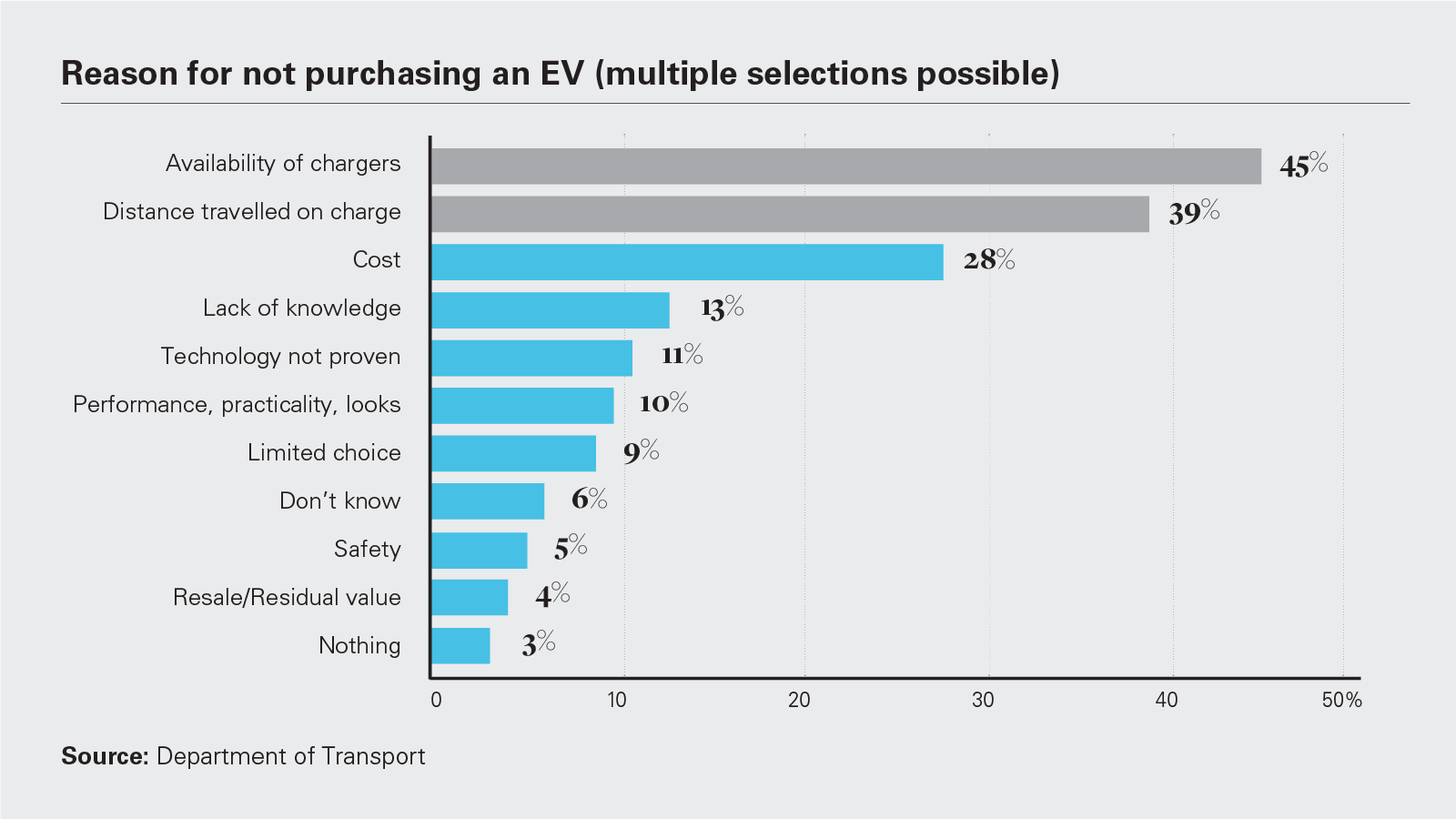 View full image
View full image
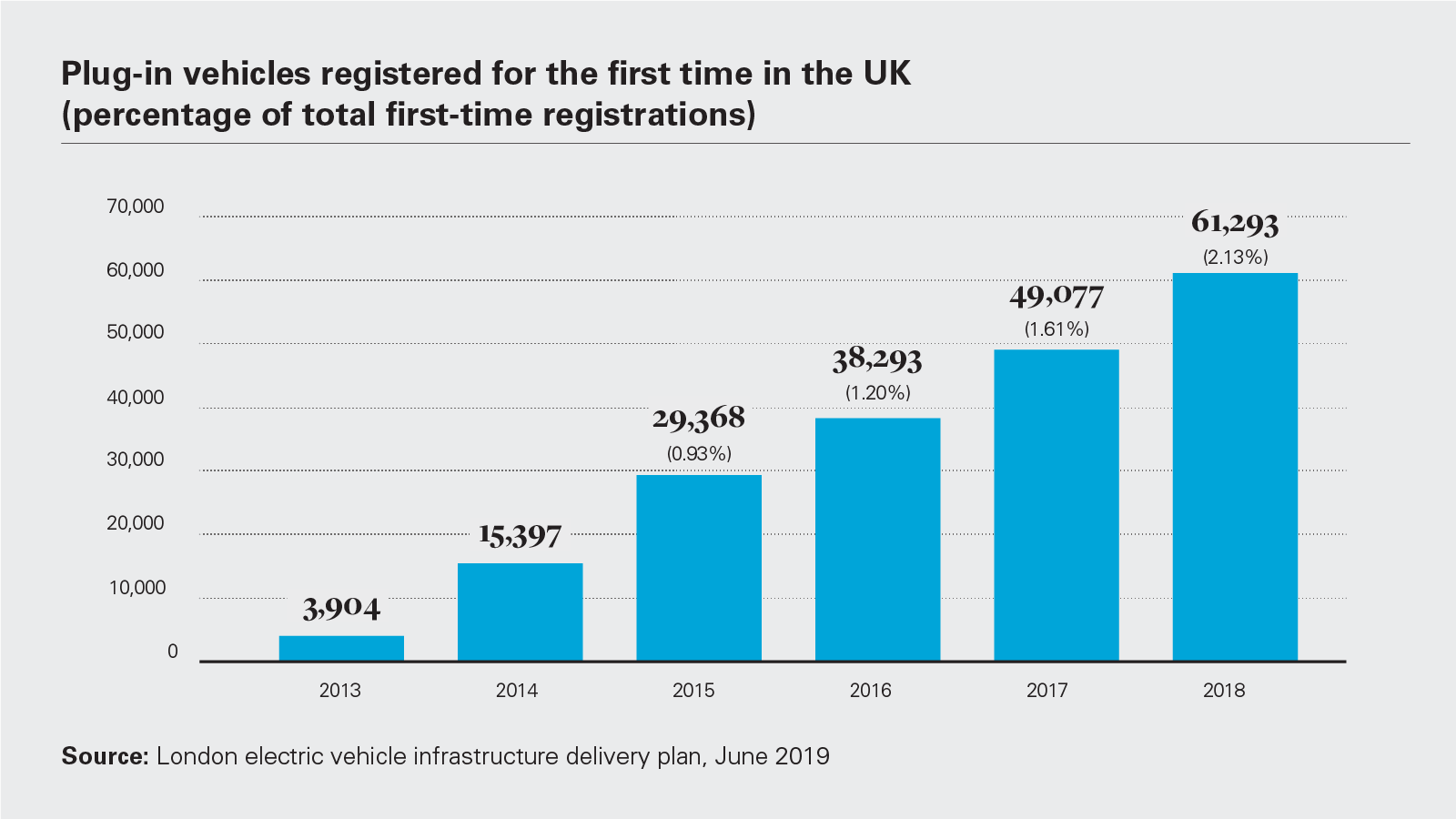 View full image
View full image
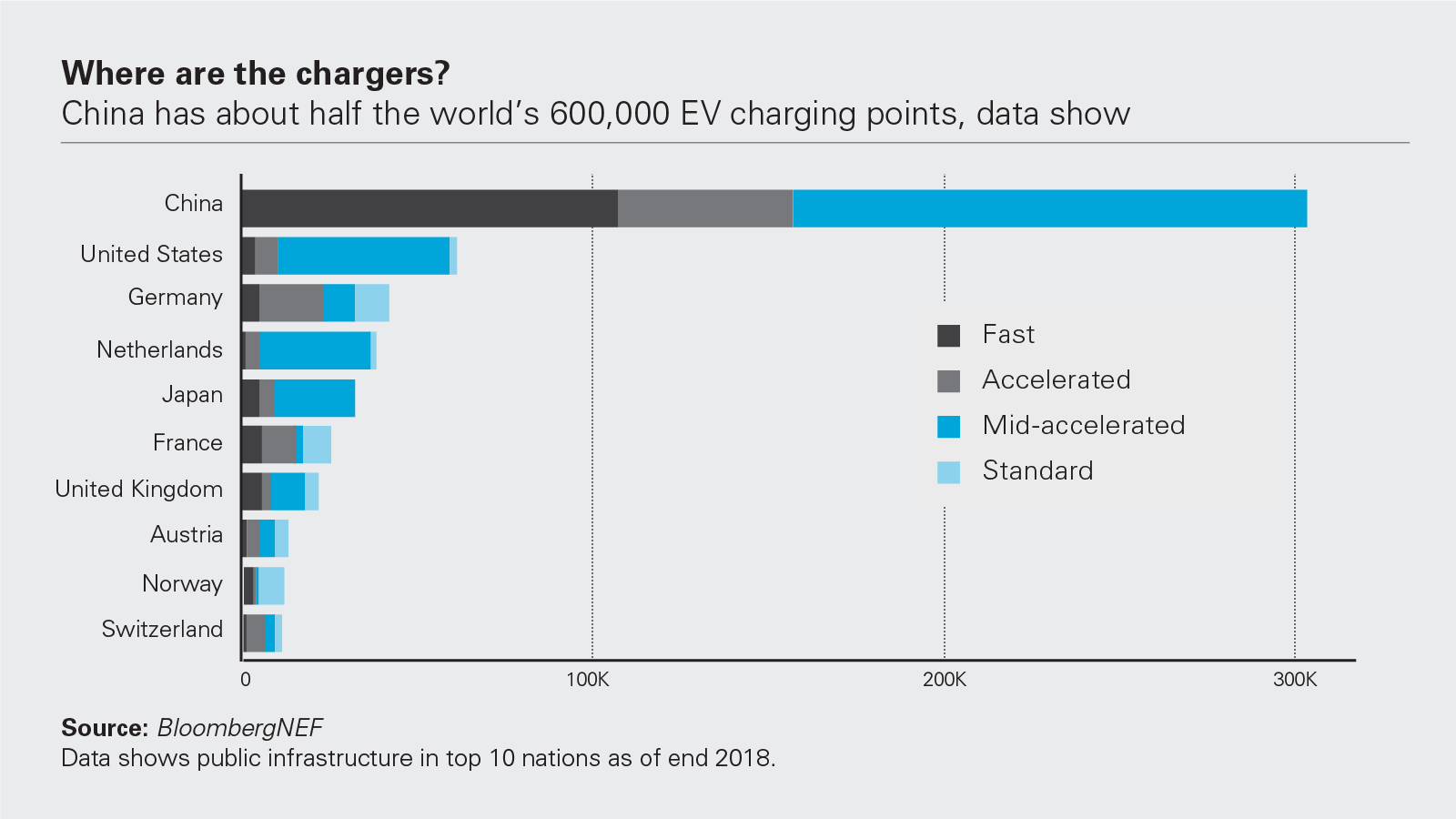 View full image
View full image
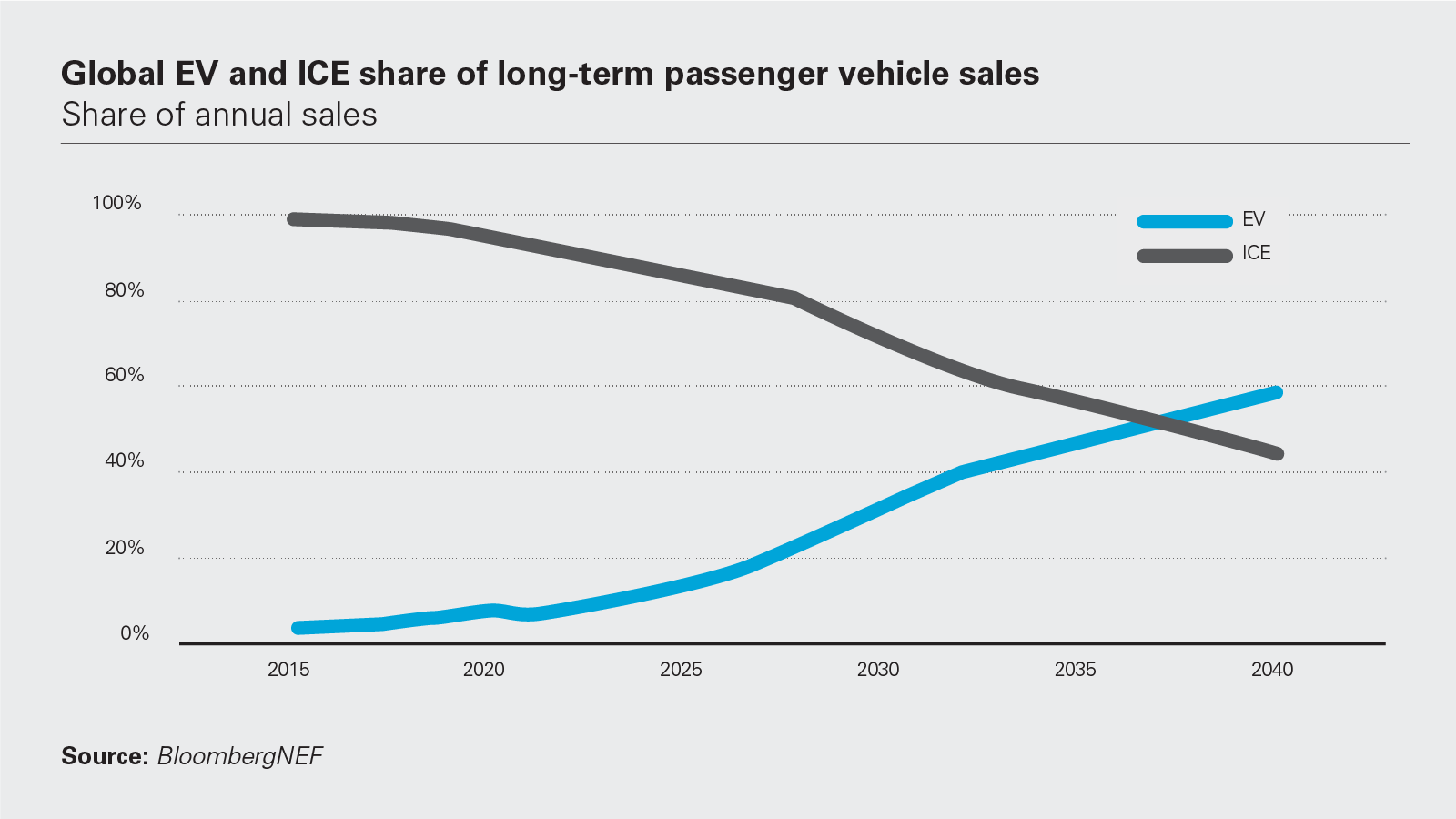 View full image
View full image
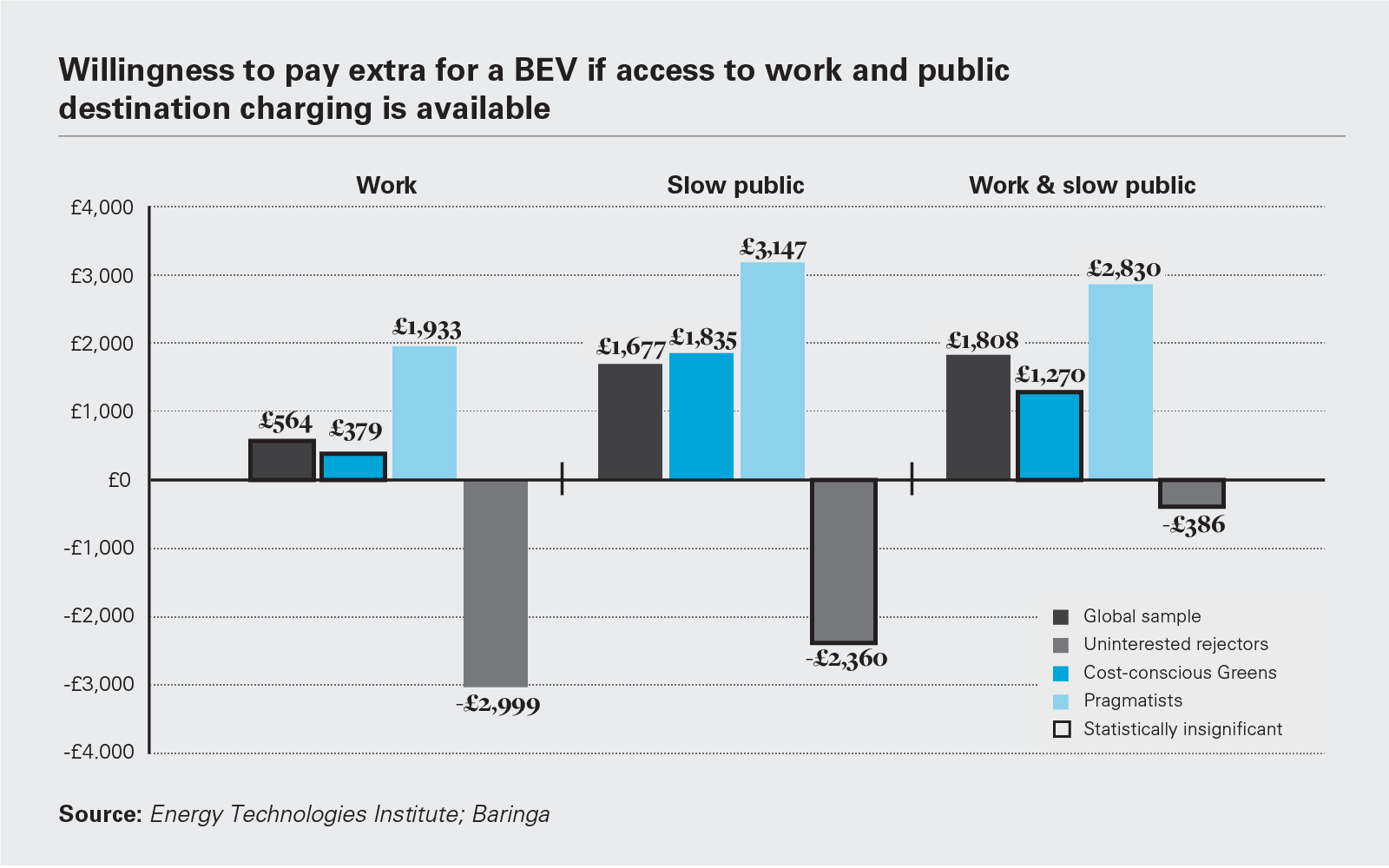 View full image
View full image
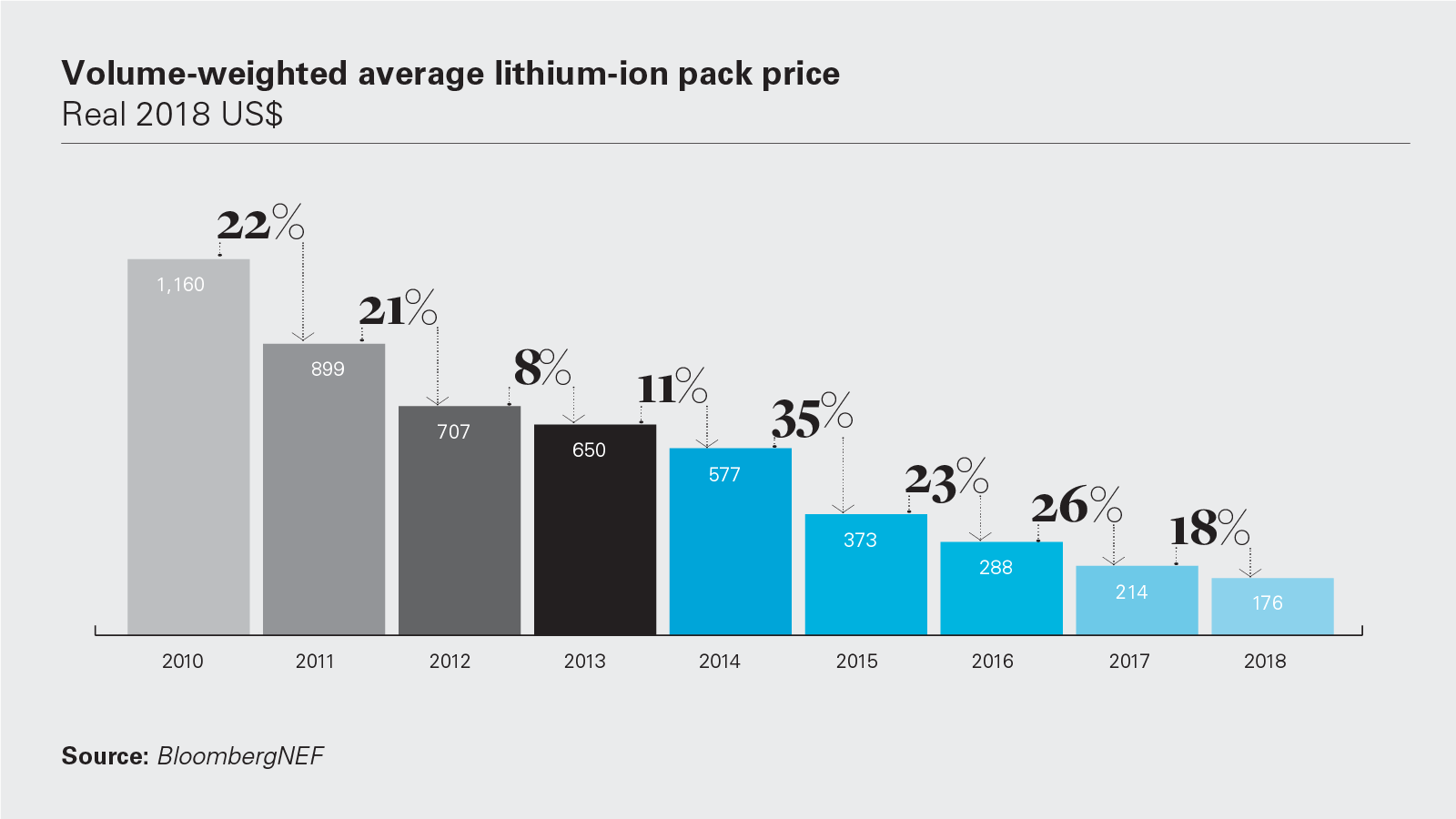 View full image
View full image
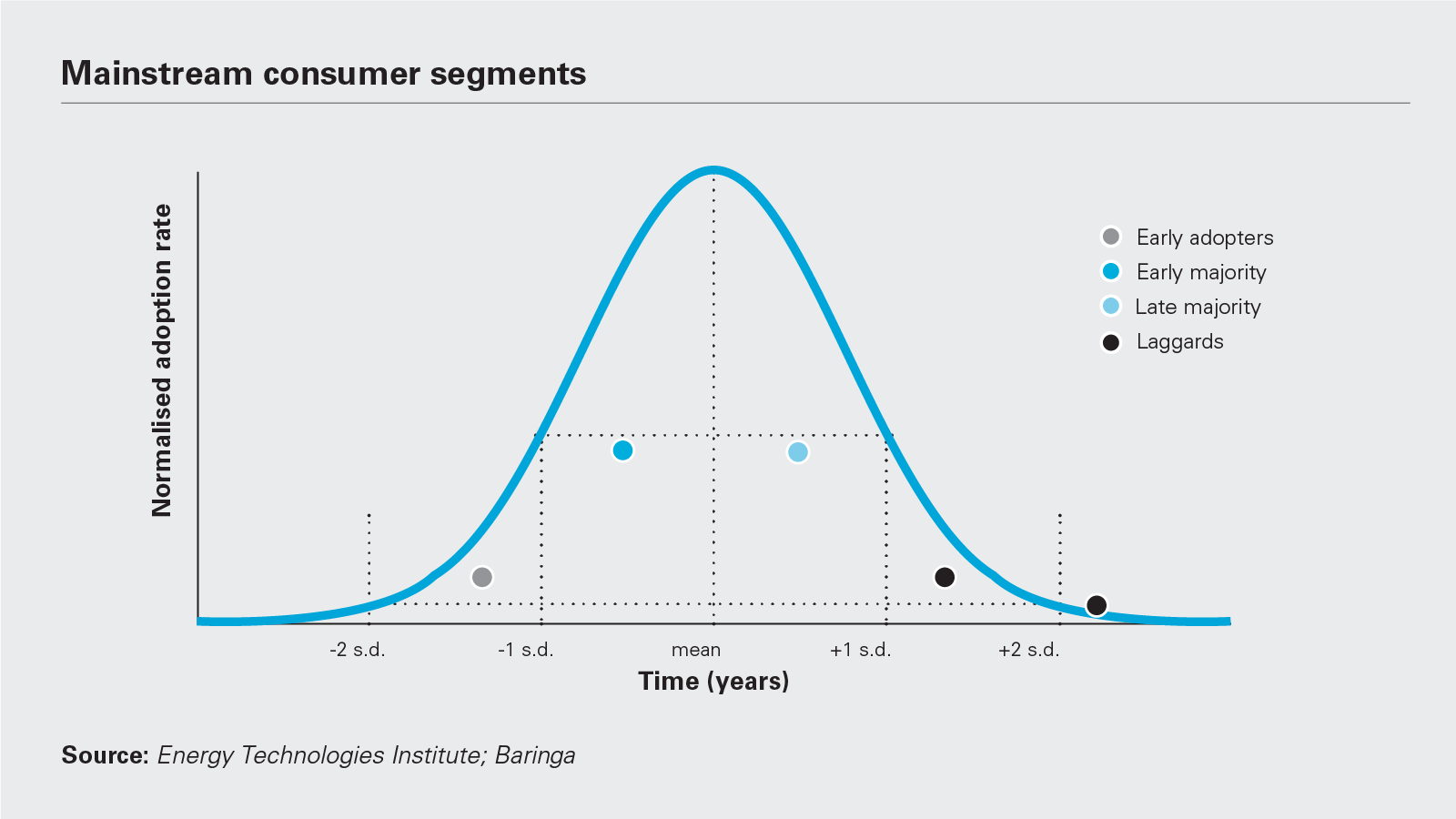 View full image
View full image

